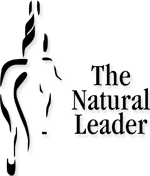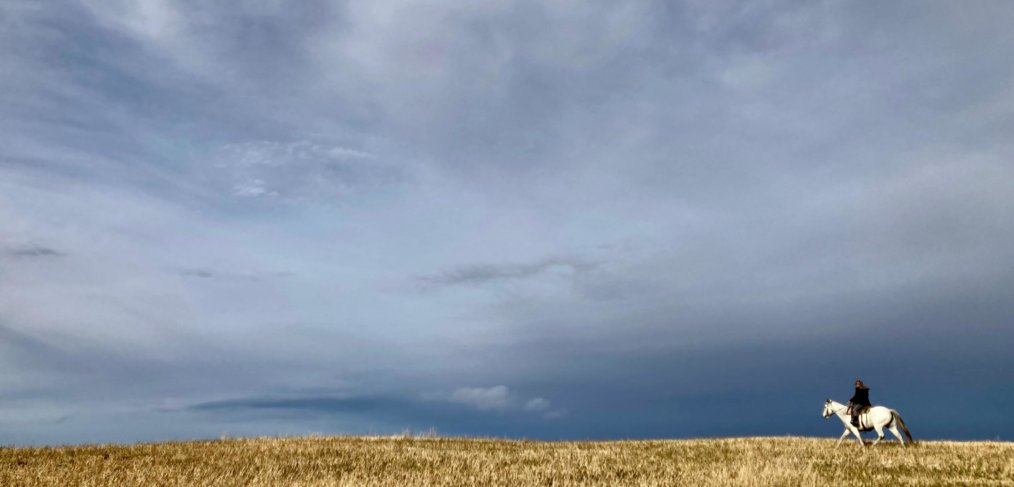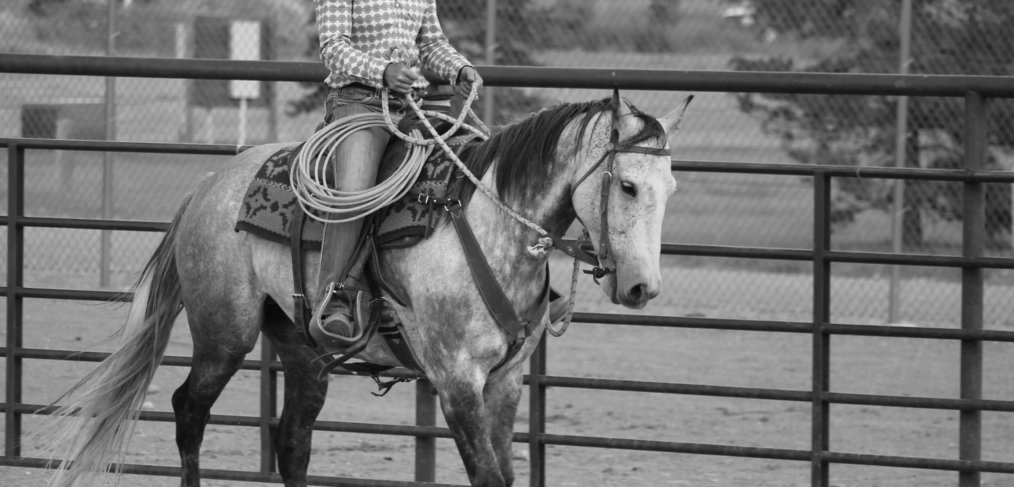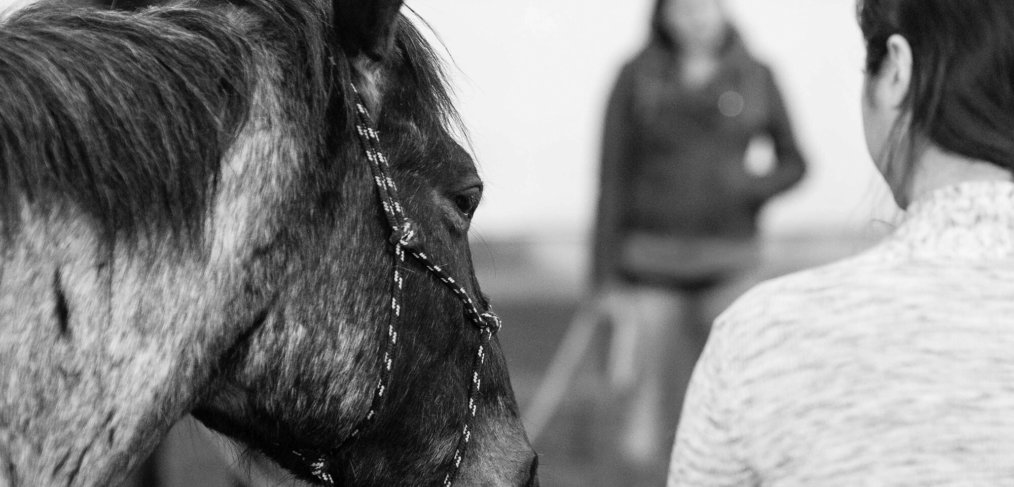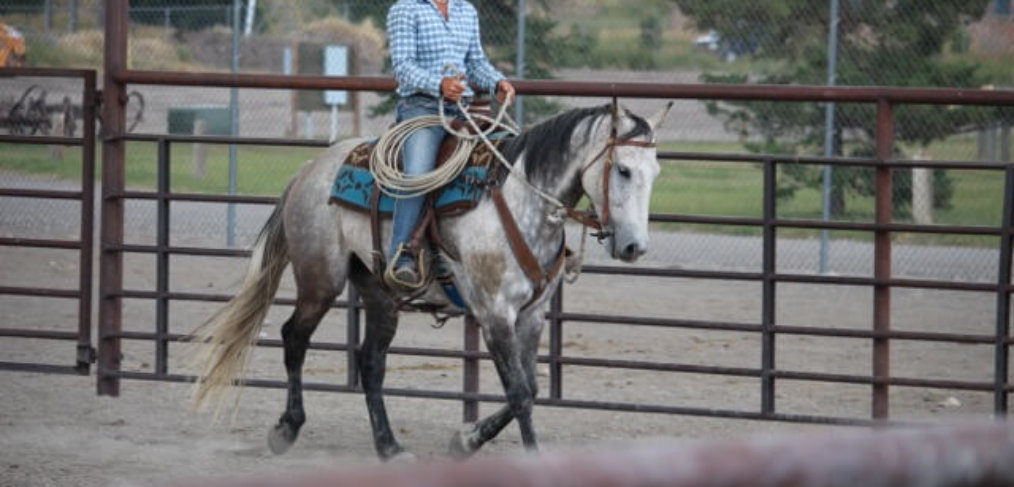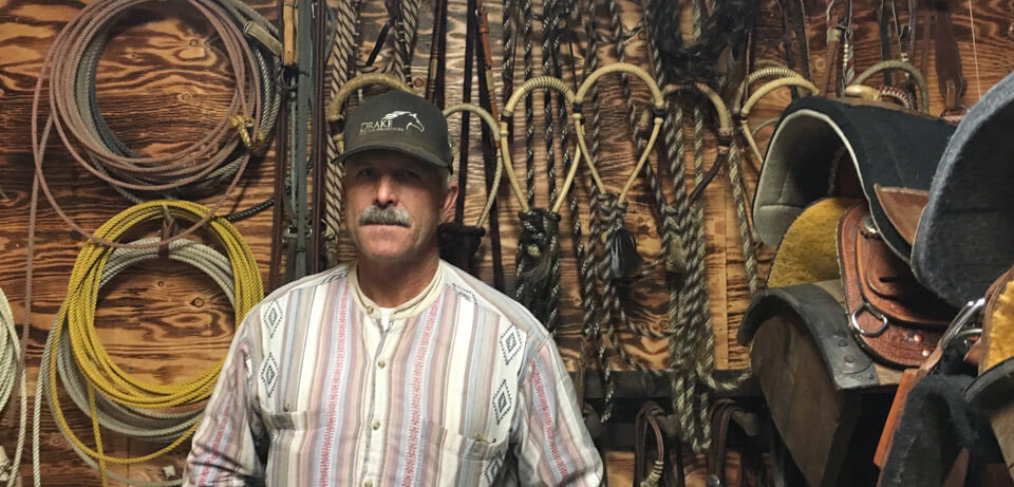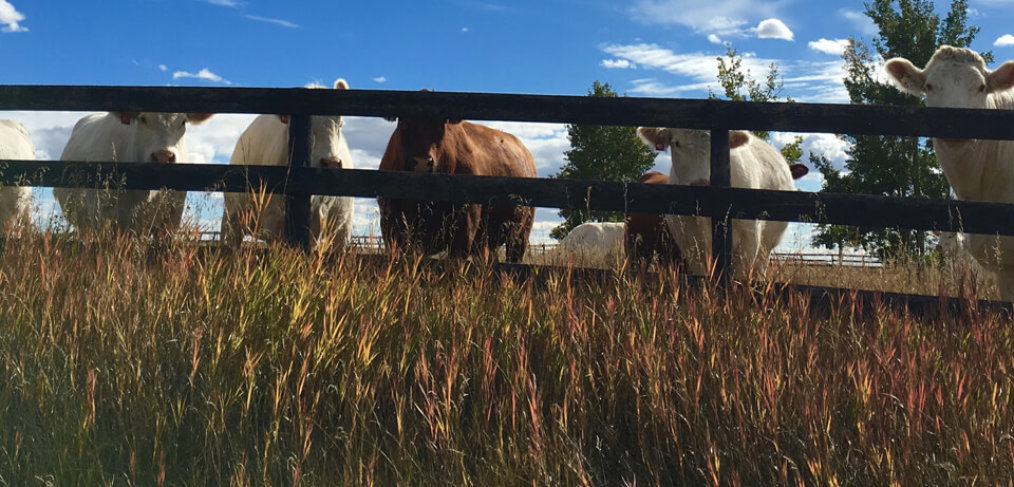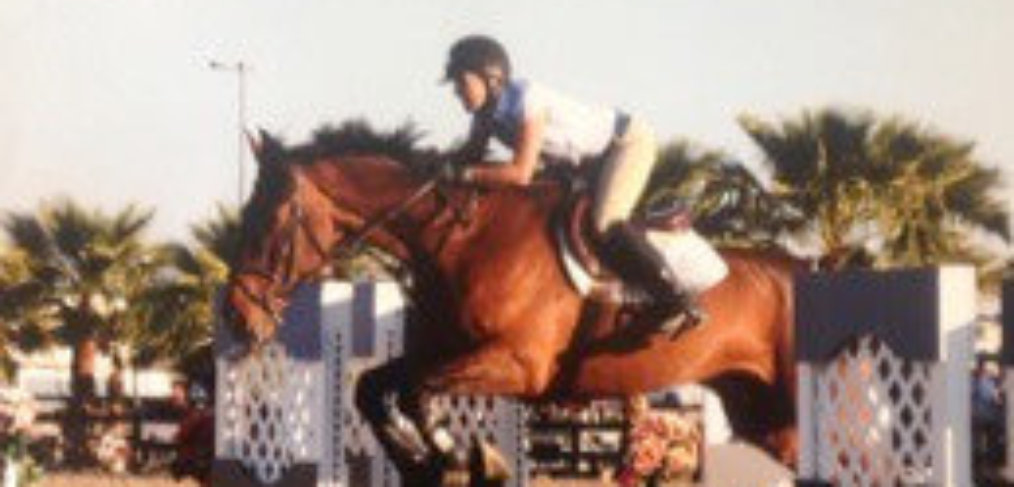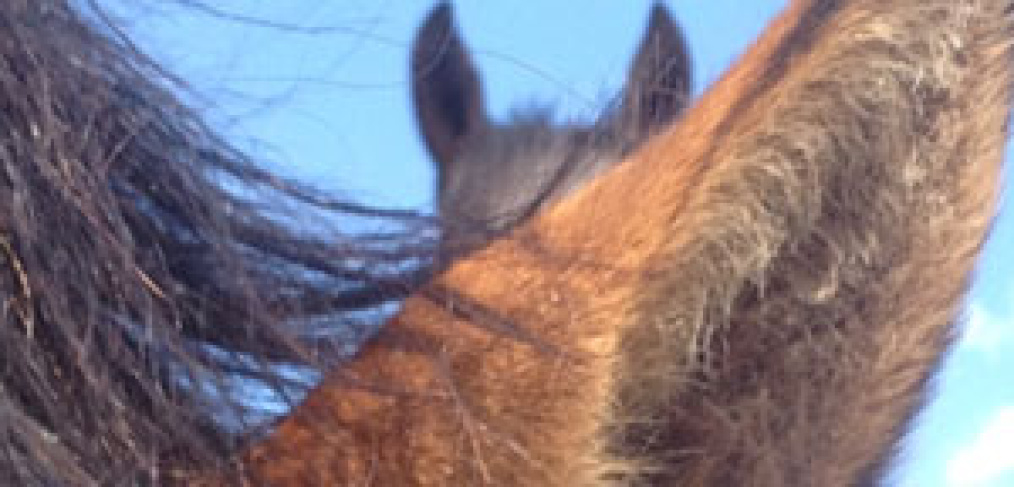All horses are herd bound.
It seems the majority of people ride indoors and believe they can ride their horse by themselves. A different story when they try and ride away from the safety of the arena and to their surprise they realize their horse is herd bound.
A social species and a prey animal, horses know they are safer in numbers. Some horses are braver and more willing to leave the safety of the herd, others need to believe we have their best interests at heart. Will my horse be ok in our herd of two? Of course you can simply avoid the issue and only ride out with others.
But for that day when you’d just like to go for a ride, just head down the road. Without prior preparation instead of a ride you might just end up in a battle.
At clinics it’s a behavior staged as an intervention with the clinician or protégé doing the riding. It can be hair raising to watch. Get near your buddy you work your butt off, relax at the far end of the arena and you can take all the time you’d like. I’ve always wondered how strong the owner’s desire was to actually fix the problem and whether it was maintained once they returned home.
The herd bound behavior most of us deal with may not be as dramatic as the clinic demonstration but it requires the same steps.
Begin by breaking separation down into manageable steps. –
1 – At what point does the horse’s anxiety, or ours, kick in?
2 – When you find that edge how do you make it a comfortable place to be?
3 – How many times are you willing to execute the same pattern before expecting to go further?
How committed are you to the idea of being able to ride out on your own?
As you measure out your progress you might find there is what I call the magnetic zone. The point at which the draw back to the herd is no longer stronger than the belief we two will be fine together.
Going out I work on transitions as speeds are easily managed, returning home I use the edges of the road for lateral work. Shoulder in/out, leg yields, side passes, halts, backing. Using that homeward bound desire and impulsion to add direction, gaining a beautiful softness in the process.
When I’ve spent the time to help a horse feel comfortable in our herd of two, I am forging a relationship. With a destination in mind we do all the same work of round and round, it’s just more interesting. I’ve seen a number of sale ads that say, one issue is the horse can be herd bound. Hmmmm My question then “Why don’t you fix it?”
